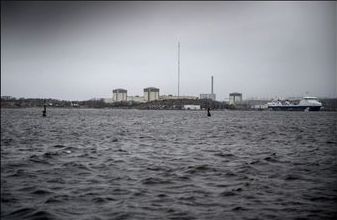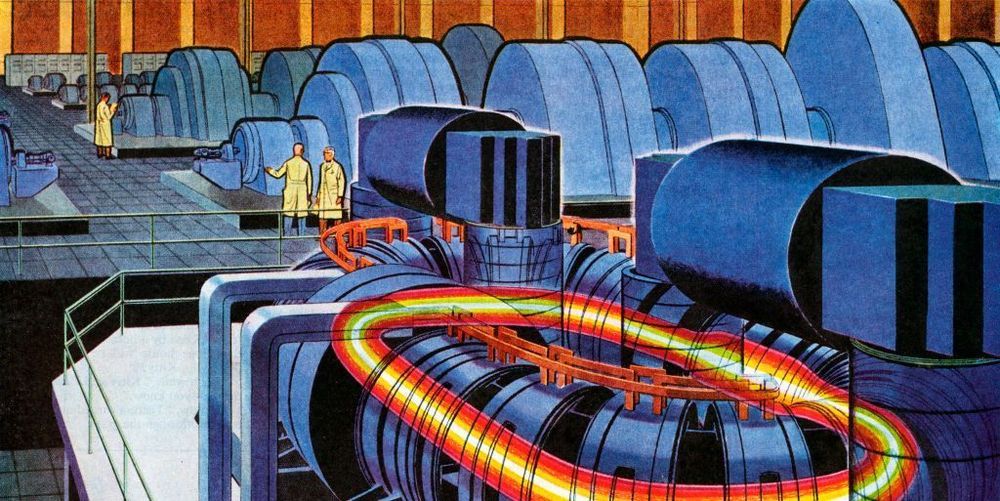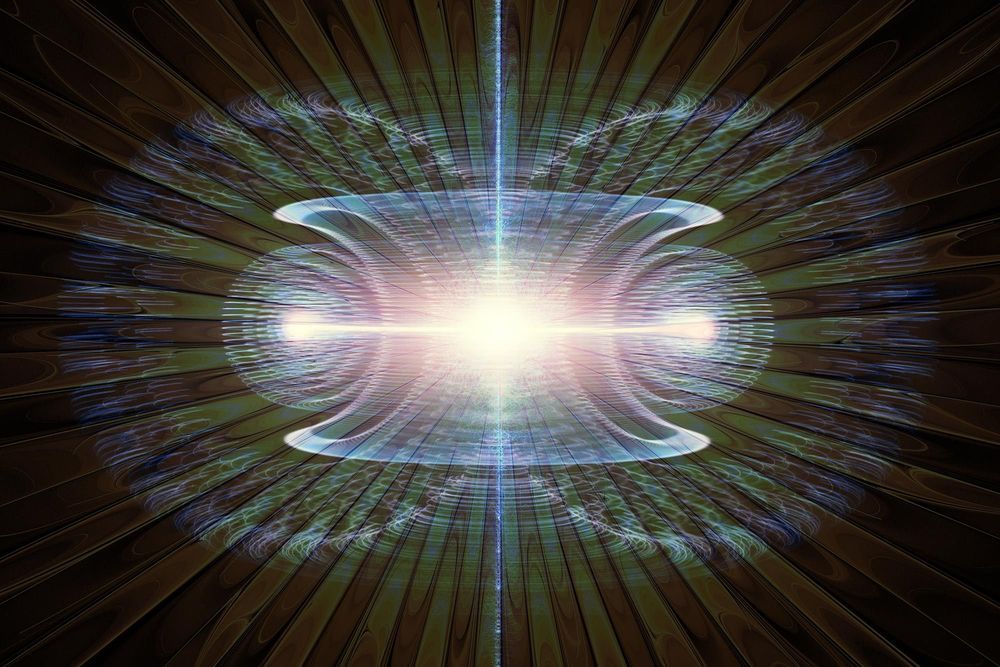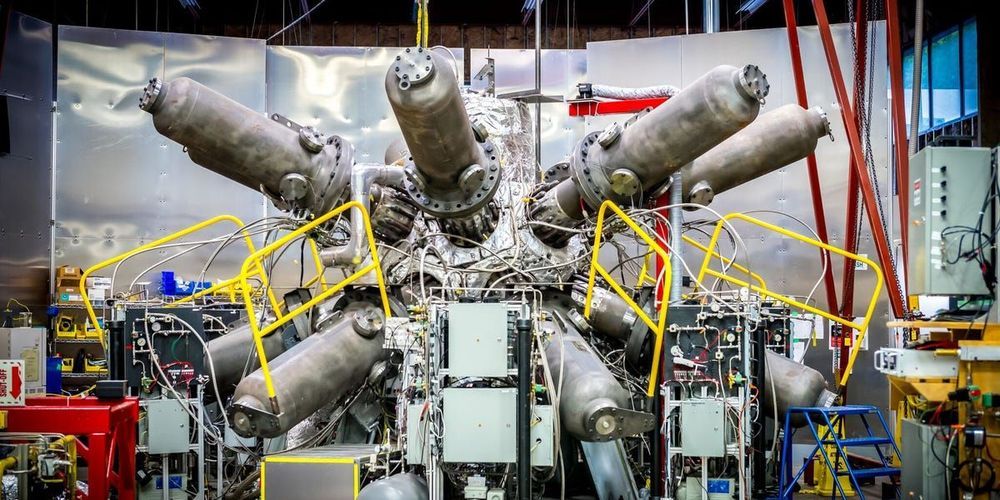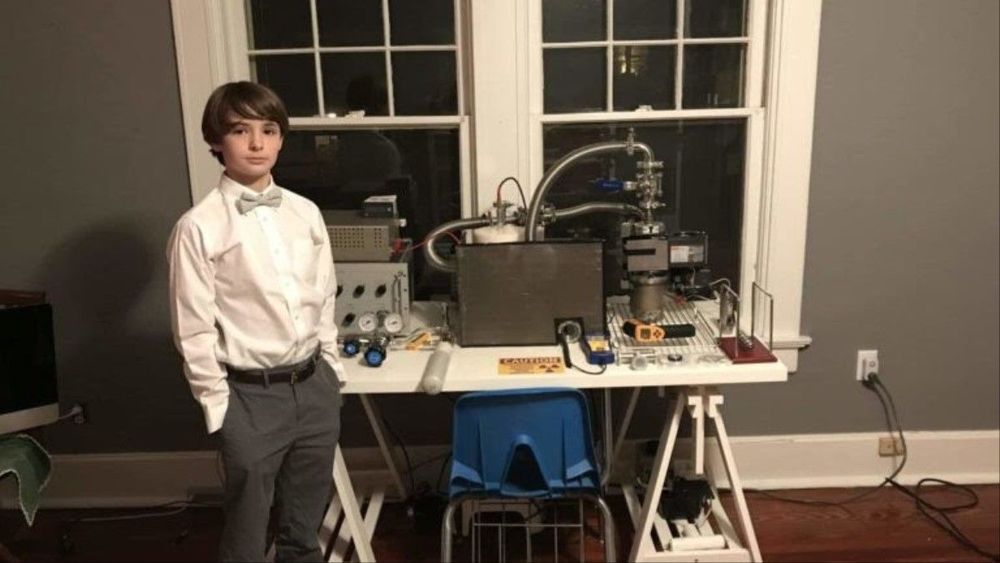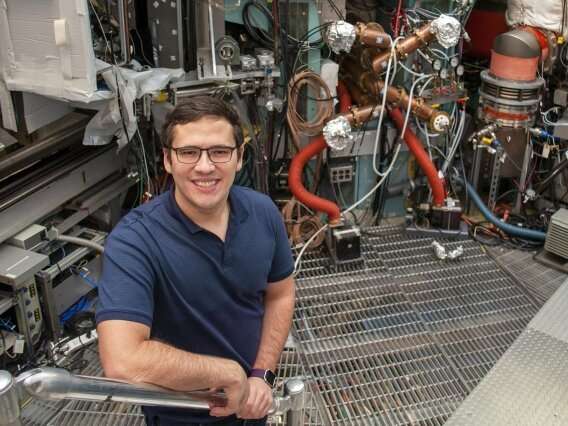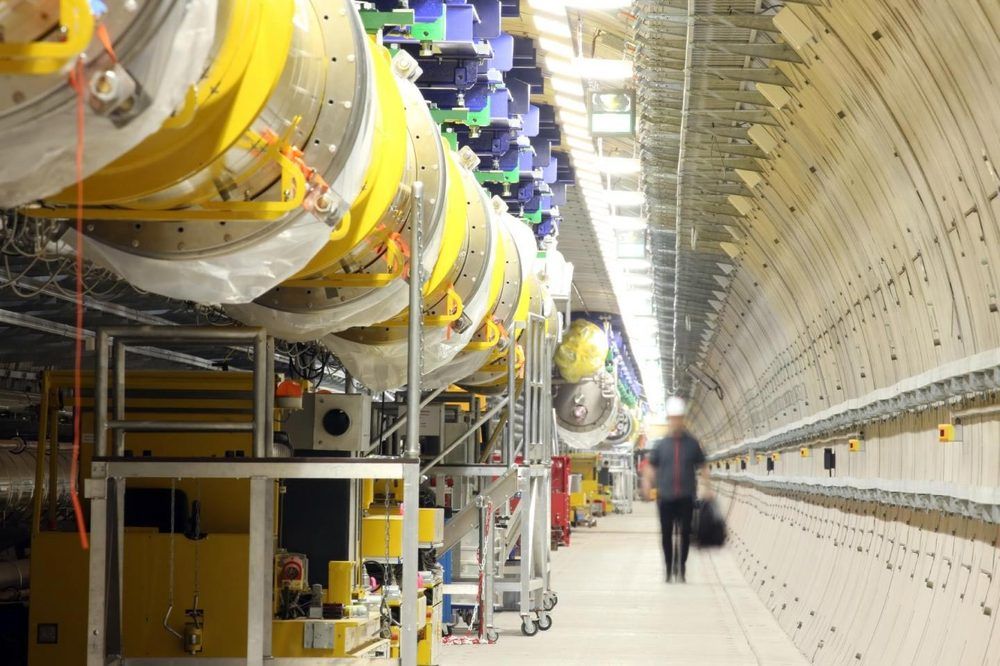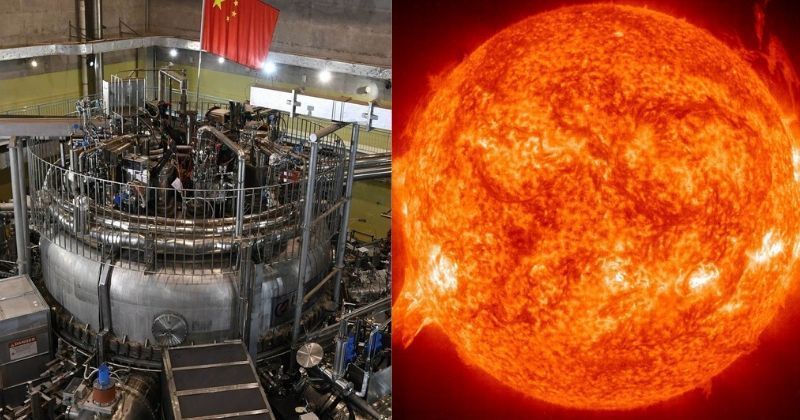UPDATED: After more than four decades in operation, a nuclear power plant reactor in southern Sweden closed for good on Monday.
Category: nuclear energy – Page 104
Researchers at Princeton University have found a way to make a tokamak nuclear fusion reactor safer using insulating boron powder. The new research appears in the IAEA journal Nuclear Fusion and comes from Princeton’s U.S. Department of Energy-funded Princeton Plasma Physics Laboratory (PPPL).
A tokamak, like the huge one that will reach 200 million Celsius in China next year, is a nuclear fusion plasma reactor where extremely hot, charged plasma spins and generates virtually limitless energy. The Princeton research examines the way boron powder can prevent one of the fundamental flaws in existing plasma reactor technology.
The discovery of an exceptionally strong “forbidden” beta-decay involving fluorine and neon could change our understanding of the fate of intermediate-mass stars.
Every year roughly 100 billion stars are born and just as many die. To understand the life cycle of a star, nuclear physicists and astrophysicists collaborate to unravel the physical processes that take place in the star’s interior. Their aim is to determine how the star responds to these processes and from that response predict the star’s final fate. Intermediate-mass stars, whose masses lie somewhere between 7 and 11 times that of our Sun, are thought to die via one of two very different routes: thermonuclear explosion or gravitational collapse. Which one happens depends on the conditions within the star when oxygen nuclei begin to fuse, triggering the star’s demise. Researchers have now, for the first time, measured a rare nuclear decay of fluorine to neon that is key to understanding the fate of these “in between” stars [1, 2]. Their calculations indicate that thermonuclear explosion and not gravitational collapse is the more likely expiration route.
The evolution and fate of a star strongly depend on its mass at birth. Low-mass stars—such as the Sun—transition first into red giants and then into white dwarfs made of carbon and oxygen as they shed their outer layers. Massive stars—those whose mass is at least 11 times greater than the Sun’s—also transition to red giants, but in the cores of these giants, nuclear fusion continues until the core has turned completely to iron. Once that happens, the star stops generating energy and starts collapsing under the force of gravity. The star’s core then compresses into a neutron star, while its outer layers are ejected in a supernova explosion. The evolution of intermediate-mass stars is less clear. Predictions indicate that they can explode both via the gravitational collapse mechanism of massive stars and by a thermonuclear process [3– 6]. The key to finding out which happens lies in the properties of an isotope of neon and its ability to capture electrons.
A major issue with operating ring-shaped fusion facilities known as tokamaks is keeping the plasma that fuels fusion reactions free of impurities that could reduce the efficiency of the reactions. Now, scientists at the U.S. Department of Energy’s (DOE) Princeton Plasma Physics Laboratory ( PPPL ) have found that sprinkling a type of powder into the plasma could aid in harnessing the ultra-hot gas within a tokamak facility to produce heat to create electricity without producing greenhouse gases or long-term radioactive waste.
Fusion, the power that drives the sun and stars, combines light elements in the form of plasma — the hot, charged state of matter composed of free electrons and atomic nuclei — that generates massive amounts of energy. Scientists are seeking to replicate fusion on Earth for a virtually inexhaustible supply of power to generate electricity.
Research shows underground storage can create new compound of element which could affect groundwater.
General Fusion, a startup backed by Jeff Bezos, just closed a $65 million round. It’s among several fusion startups that investors are betting on.
“Jackson is a smart guy and probably under-appreciates that about himself,” said his dad.
He’s onto planning his next reactor using the spherical tokamak method, which traps energy differently than the reactor that he’s already built. He’s also decided that he wants to pursue nuclear physics as a career because he thinks he’ll be the one to make a fusion reactor that is actually efficient.
“He certainly has a head start,” said his dad.
How to confine turbulent plasma fuel in a donut-shaped vacuum chamber, making it hot and dense enough for fusion to take place, has generated questions—and answers—for decades.
As a graduate student under the direction of Department of Nuclear Science and Engineering Professor Anne White, Pablo Rodriguez-Fernandez Ph.D. ‘19 became intrigued by a fusion research mystery that had remained unsolved for 20 years. His novel observations and subsequent modeling helped provide the answer, earning him the Del Favero Prize.
The focus of his thesis is plasma turbulence, and how heat is transported from the hot core to the edge of the plasma in a tokamak. Experiments over 20 years have shown that, in certain circumstances, cooling the edge of the plasma results in the core becoming hotter.
Nuclear physics usually involves high energies, as illustrated by experiments to master controlled nuclear fusion. One of the problems is how to overcome the strong electrical repulsion between atomic nuclei which requires high energies to make them fuse. But fusion could be initiated at lower energies with electromagnetic fields that are generated, for example, by state-of-the-art free electron lasers emitting X-ray light. Researchers at the Helmholtz-Zentrum Dresden-Rossendorf (HZDR) describe how this could be done in the journal Physical Review C.
During nuclear fusion two atomic nuclei fuse into one new nucleus. In the lab this can be done by particle accelerators, when researchers use fusion reactions to create fast free neutrons for other experiments. On a much larger scale, the idea is to implement controlled fusion of light nuclei to generate power – with the sun acting as the model: its energy is the product of a series of fusion reactions that take place in its interior.
For many years, scientists have been working on strategies for generating power from fusion energy. “On the one hand we are looking at a practically limitless source of power. On the other hand, there are all the many technological hurdles that we want to help surmount through our work,” says Professor Ralf Schützhold, Director of the Department of Theoretical Physics at HZDR, describing the motivation for his research.
China has developed its own artificial sun that uses nuclear fusion to generate clean energy as much as 10 suns! China has recently completed the construction of this reactor and the operations for the same are expected to commence starting sometime in 2020.
